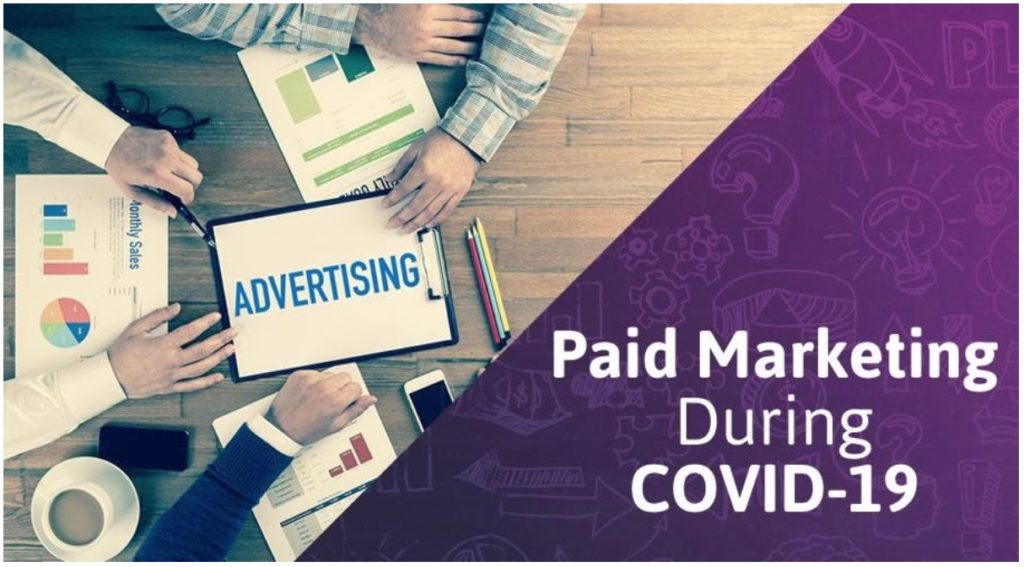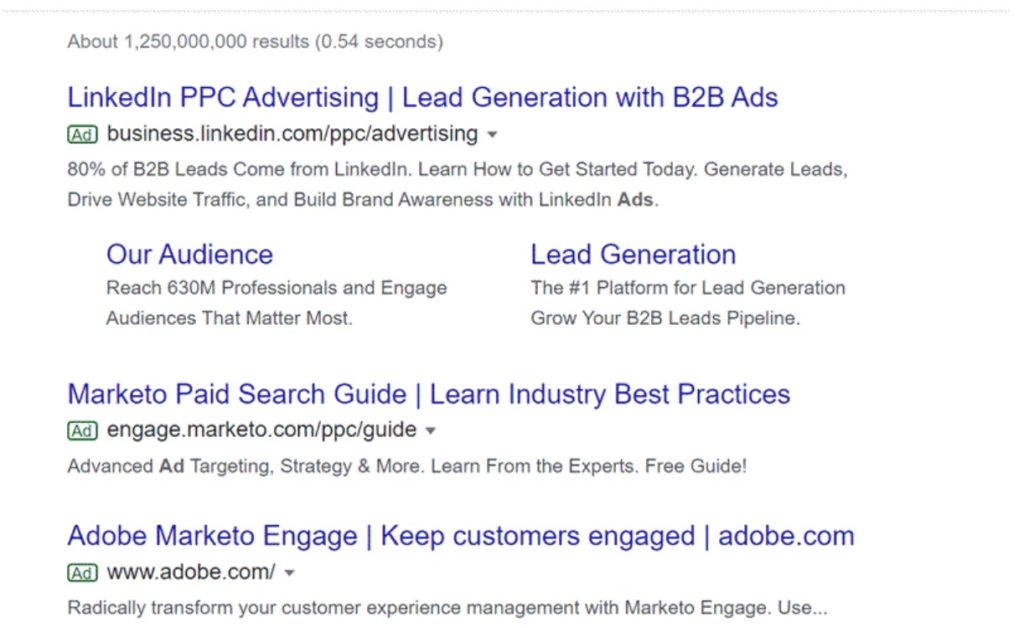Business
Your guide to paid marketing during COVID-19
If you’re a business owner, the COVID-19 pandemic is probably affecting your paid advertising campaigns. Now is the time to create an advertising strategy so you can prepare your business to move forward now and in the future. Some businesses are seeing a surge in traffic these days. Here are three tips on managing your pay-per-click advertising during this coronavirus.

Useful paid advertising campaign strategies
If you’re wondering how COVID-19 is affecting paid advertising campaign strategies, you’re not alone! And the answer is: both negatively and positively.
On the one hand, people are home more, and doing virtually everything online. But many people are reducing what they spend because they’ve lost their job or are trying to save some money to get their family through the pandemic.
And while some businesses are seeing a surge of traffic during this time, others with products or services that aren’t in demand are seeing a dismal trickle of traffic or are having to pause or stop their campaigns entirely. Influencer Marketing Hub reports that 69% of the 237 brands they surveyed expect to decrease ad spend in 2020.

I’ve previously spoken about how essential it is to pivot to meet the needs and wants of your target audience. This means taking a closer look at what you can offer people during the COVID-19 crisis—both as a small business owner and as a member of the community.
This time, I’m sharing some tips on managing PPC during the coronavirus. PPC stands for pay-per-click advertising, also known as non-organic traffic. (Organic traffic comes from unpaid SEO techniques).
Depending on your small business, you may run paid ads on:
- Google Ads/display ads on the Google Display Network
- YouTube (and in-video ad placements)

3 steps to getting started with paid marketing during COVID-19
Even if you currently run an ad campaign, it’s important to take a look at your keywords and ad copy. Are they as effective as they can be?
Just because people are practicing social distancing doesn’t mean they aren’t actively looking and shopping online. However, the ad copy that you used before may not resonate with—and could even offend—your target audience now.
- Research your keywords.
It’s always essential to research your keywords, and especially now! You want to be looking at your target audience’s buying behaviour related to COVID-19.
You might be surprised to learn there’s a new niche keyword you could go after, or that your customers are using a different search term than you expected.
Also, look for keyword opportunities within your business around topics like:
- Working/schooling from home
- Streaming services
- Health products/services
- Communication tools
There are a number of keyword search tools out there, or you could hire a professional SEO/SEM company to handle everything from keyword research to reporting on data.
- Revisit your value propositions.
Many entrepreneurs are updating their value propositions to better serve their customers.
You can increase the appeal of your ads and encourage more people to click with relevant value propositions, whether it’s free shipping, home delivery options or a limited-time discount—just be sure you’re not using anxiety or fear around the pandemic to sell.
- Review your negative keywords.
You can use negative keywords when you want to make sure your ad doesn’t show for a certain keyword. This saves you money on wasted clicks and keeps your ads more relevant, which increases your quality score (which lowers your cost-per-click).
You might want to set certain keywords around in-person services to negative now, so you’re not paying for clicks related to things you aren’t offering your customers at the moment.
You can also limit where your ad shows up. For example, maybe you don’t want your advertisement appearing next to COVID-19-related content during this sensitive time.
However, because there’s just SO much COVID-19 stuff out there, you may drastically limit your brand visibility by doing that. And according to a recent report by Integral Ad Science, 78% of people they surveyed wouldn’t see general ads near coronavirus content as a bad thing.
So, you’ll have to use your judgement for this one, based on what you sell and how you position your ads.
READ: “4 Marketing Strategies for the COVID-19 Crisis”, on our website:
From connecting in our relationships to running our small businesses, COVID-19 has transformed the way we live, work and socialize. I do feel fortunate that my family and I are healthy and safe, and I’m trying to find the positive opportunities in all of this.
As we continue self-isolating to prevent the spread of the novel coronavirus, I wanted to share 4 marketing strategies to consider to help you keep your business running smoothly and successfully.
Why you need short- & long-term paid advertising campaign strategies
Of course, you need to be focused on the present and how you can best move your small business forward now. But as you’re navigating paid marketing during COVID-19, don’t forget about your future!
Use what you’re learning now to drive your decisions. Look at your keyword data: what’s resonating with your customers? What’s not getting traffic?
You may find you can continue with similar paid advertising campaign strategies after COVID-19 is over, and/or you may realize you need to drastically adjust your sails.
It’s a good idea to think about how your small business is going to come out of this pandemic, as far off as that might seem. Create an advertising plan now so you’re not left scrambling down the road.
Sure, it may change, and you may have to pivot again, but at least you’ll have a marketing foundation to build upon.
While advertising during the coronavirus may be anything but “business as usual,” it’s critical you’ve got the tools to face this new challenge head-on. The entrepreneurs who are going to be successful when all of this is over are the ones who embraced the unknown and kept going!
I hope all of my coronavirus resources, including these tips for advertising during COVID-19, have helped you. I’ll continue to post relevant content in the weeks ahead. Take care!
—
(Featured image by StartupStockPhotos via Pixabay)
DISCLAIMER: This article was written by a third party contributor and does not reflect the opinion of Born2Invest, its management, staff or its associates. Please review our disclaimer for more information.
This article may include forward-looking statements. These forward-looking statements generally are identified by the words “believe,” “project,” “estimate,” “become,” “plan,” “will,” and similar expressions. These forward-looking statements involve known and unknown risks as well as uncertainties, including those discussed in the following cautionary statements and elsewhere in this article and on this site. Although the Company may believe that its expectations are based on reasonable assumptions, the actual results that the Company may achieve may differ materially from any forward-looking statements, which reflect the opinions of the management of the Company only as of the date hereof. Additionally, please make sure to read these important disclosures.

-

 Crypto5 days ago
Crypto5 days agoCrypto Markets Slide as Bitcoin Breaks $90K, Year-End Pessimism Grows
-

 Crypto2 weeks ago
Crypto2 weeks agoEuropean Selling Drives Bitcoin’s November Slump
-

 Impact Investing2 days ago
Impact Investing2 days agoTreeblock Showcases Sustainability Solutions at ADIPEC Abu Dhabi
-

 Cannabis1 week ago
Cannabis1 week agoRemexian Wins Legal Battles Amid German Cannabis Licensing Dispute
























